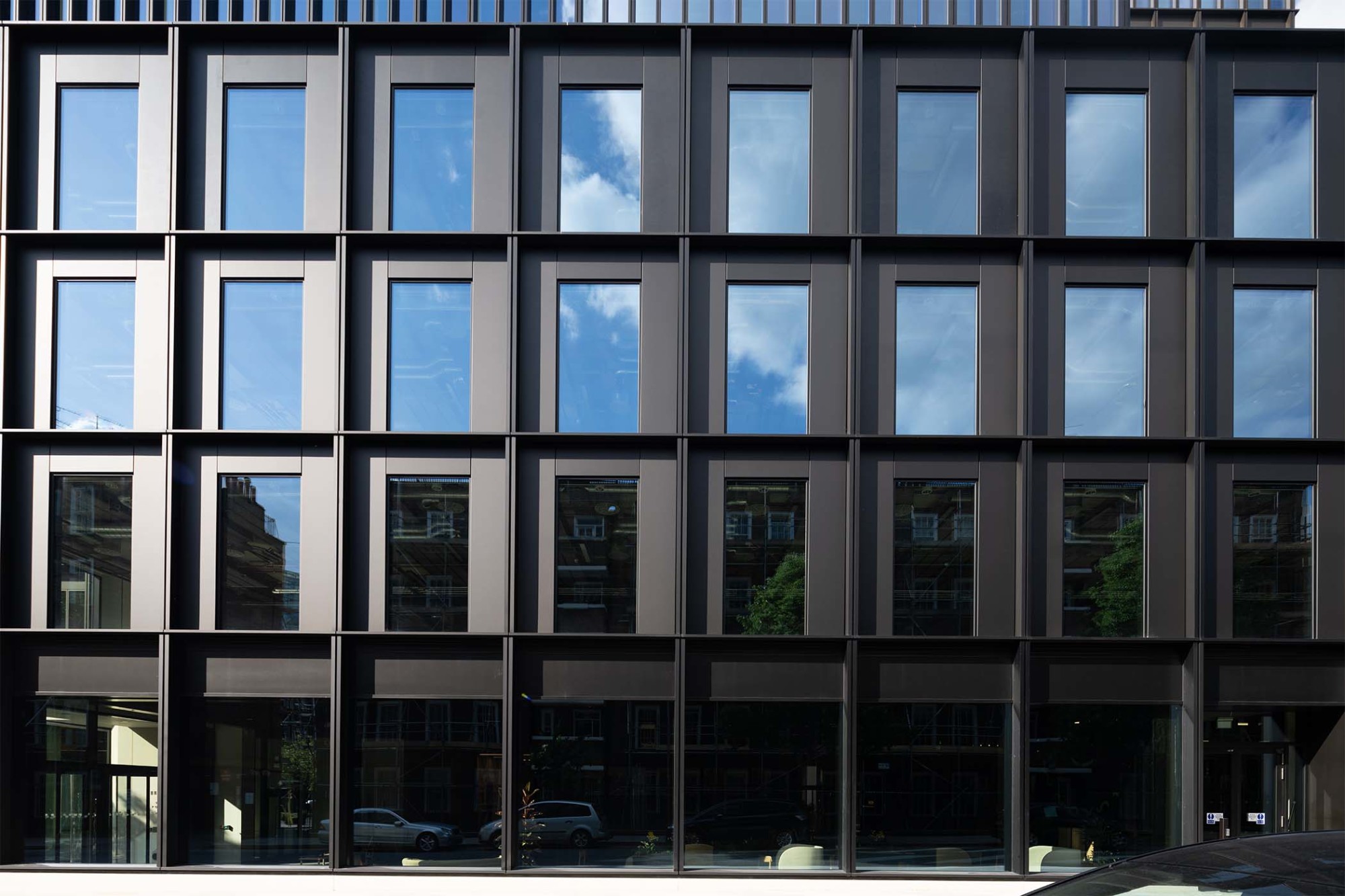It’s Curtains For Dekko
Dekko Window Systems has added the (Curtain Wall) CW 50 façade system from Reynaers which offers various design options and glazing variants, making...
Read Full Article
What is ‘P-DfMA’ and how does it help to reduce construction costs and reduce carbon? In this article Wojciech Brożyna explains the basis of this approach to construction and suggests how it could revolutionise our future construction requirements.
Platform Design is better known in the construction industry as ‘A Platform approach to Design for Manufacture and Assembly’ or P-DfMA. It is a specific subset of DfMA, which is the general term for using prefabrication and automation applied project-by-project basis.
P-DfMA is a solution that is designed to be used more programmatically across a range of projects or assets. Initiated by the UK Government in 2017 in its drive to cut costs for new buildings, such as schools, hospitals, offices and social housing, the construction approach takes its lead from the automotive and aerospace sectors.
Standard parts
Defining the construction product requirements, such as internal spaces, storey height, access requirements, to name but a very few of these parameters, the aim is to standardise these requirements and begin to create a list of standard parts that creates those spaces.
Doors are a very good example of this approach as they are available in a range of materials, sizes and hardware options, yet once adopted as a standard product across many projects, costs can be significantly reduced.
Delivering the product to site as a kit or in a pre-constructed form not only lowers costs but also minimises on-site labour, expedites construction on site, and reduces site defects. The same approach can be used in facades and fenestration projects.
Aluminium offsite
To be fair, aluminium fenestration has seen much of its construction being undertaken off-site for many years, however, much more can be done. Window construction can easily follow what has been done with door sets by adopting standard sizes and hardware options. Windows can be supplied to the site already glazed and installed within panel construction. Curtain wall requirements can adopt an off-site unitised construction approach which we know already reduces time on site by approximately 50% whilst further improving quality.
Aluprof UK reductions
A review of five recent projects supplied by Aluprof UK shows the supply of special lengths alone has reduced material supply by an average of 27.5%. Not only does this save on costs, it has a significant impact on carbon reduction. But this can go even further. Using a standard product size, profiles can be designed that work nearer to their safety limits over a given size or length which can further optimise aluminium content. Adopting a specification of a low-carbon content, usually high in recycled aluminium with low-carbon prime aluminium, further reduces carbon content of these assemblies.
Better buildings
It is not just about cost and carbon saving, it is about getting better buildings. From the government’s own analysis under its current construction framework, for every £1 spent just 51% is retained in residual asset value. Reducing time to install on site, reducing wastage, reducing deliveries to site by adopting off-site construction, reducing on site design, all of which reduce overall site time, all have a big impact on carbon reduction as well.
Fit kit
Using a standard kit of parts reduces the need for bespoke designs which can go hand- in-hand to improve overall quality.
It is also an iterative process, what is learnt on one project leads to a fine tuning of the kit of parts which in turn leads to even better future construction and a continuation in the reduction of carbon. As a result, the P-DfMA approach increases productivity, whilst reducing carbon, construction time and cost.
The Forge
In a world first, a major project completed under the P-DfMA is The Forge which is located just south of the Thames in the City of London. The building is also the first to adopt the UK’s Green Building Council’s definition of a net-zero carbon building in both construction and operation.
Picture: Many parts of this façade were built off-site.
Article written by John Roper
10th March 2024